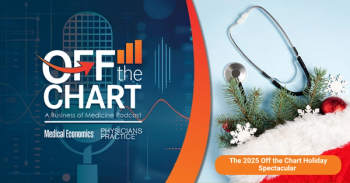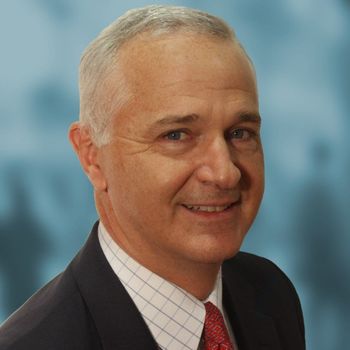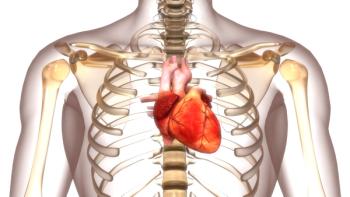
Cycling linked to lower dementia risk, better brain health; this light-based tool tracks bone healing without X-rays; new bioengineered skin doubles burn recovery – Morning Medical Update
Key Takeaways
- Cycling is associated with reduced dementia risk and increased hippocampal volume, especially in those without genetic predispositions to dementia.
- A non-invasive technique using near-infrared light can monitor bone healing, providing a safer alternative to X-rays.
The top news stories in medicine today.
A UK Biobank study tracking nearly 480,000 adults over the course of 13 years has found that cycling and mixed cycling travel modes are associated with significantly lower risks of dementia — including Alzheimer’s, young-onset and late-onset dementia — compared to nonactive travel.
The study, published in
Researchers at Saarland University have developed a non-invasive technique that uses near-infrared light to monitor bone fracture healing through the skin — without X-ray radiation. By tracking blood flow and oxygen levels at the fracture site, the method provides early indicators of healing progress or complications. The approach was tested in 55 tibia fracture patients and could offer a safer, more accessible alternative in low-resource or remote settings. The findings were published in the journals
Scientists at Tel Aviv University and Sheba Medical Center have developed a new bioengineered skin graft — made from a patient’s own cells — that heals severe burns in half the time of current treatments.
Newsletter
Stay informed and empowered with Medical Economics enewsletter, delivering expert insights, financial strategies, practice management tips and technology trends — tailored for today’s physicians.








